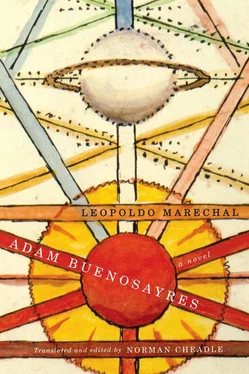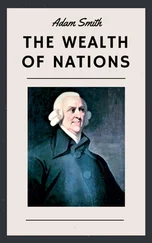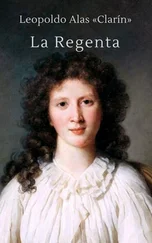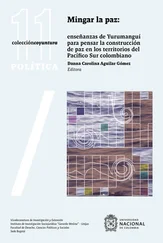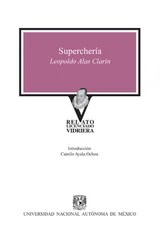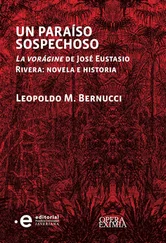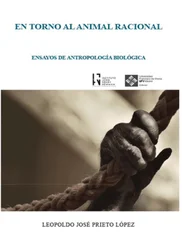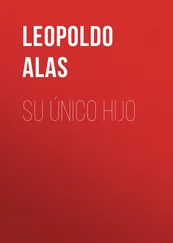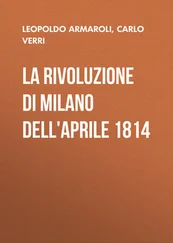152 Navascués ( AB 692n) perceptively observes that the playwright’s devotional remembrance of Bellona parallels the artistic transformation of Solveig by Adam Buenosayres. The two relationships — Bellona and her adoring husband, Solveig and her adoring poet/suitor Adam — invite comparative analysis. See also Cheadle, “Teoría de la violencia en Adán Buenosayres .”
153 “Guest of stone” translates convidado de piedra , a phrase coined by Tirso de Molina’s El burlador de Sevilla y convidado de piedra [The Trickster of Seville and the Stone Guest] (1630); the famous play of the Spanish Golden Age is the first literary rendering of the Don Juan myth. In Tirso’s play, the “guest of stone” is the ghost (incarnate in his mortuary statue) of Don Gonzalo, father of one of Don Juan’s female conquests. Don Juan kills the father in an altercation, and later mockingly invites him to dinner. The statue, or convidado de piedra , unexpectedly shows up at dinner and drags Don Juan off to hell.
154 The three women, long before their literary antecedent in the witches in Macbeth , can be traced to the Erinyes (“the avengers”) of classical mythology. Both Barcia (911n) and Navascués ( AB 697n) invoke Aeschylus’s tragedy The Eumenides [The Furies] (final play of the Oresteia trilogy). Navascués plausibly traces the green fly to Jean-Paul Sartre’s Les Mouches (1943), given that Marechal’s personal library contains a book of Sartre’s theatre in Spanish translation.
155 Comrade Friedrich is probably Engels (1820–1895), Karl Marx’s collaborator, but it may also be clumsy allusion to Nietzsche (1844–1900), whose summary dismissal of religion was notorious. Later in this episode Samuel sarcastically invokes Nietzsche’s Zarathustra and the superman.
156 Navascués ( AB 780n) fnds here an allusion to Pierre-Simon Laplace (1749–1827), who theorized the material origins of the universe.
157 The notions of “sufficient reason” and “thing in itself” are from Immanuel Kant’s Critique of Pure Reason (1781).
158 Argentine intellectuals, as usual, were precocious in their uptake of theosophy in the late nineteenth century. With early adherents such as Leopoldo Lugones, Alfredo Palacios, and José Ingenieros, the movement was culturally very influential. Theosophy’s challenge to organized religion was felt as a threat by the Argentine Catholic Church.
159 Though José Ortega y Gasset himself is not directly identifiable among them, the athletic mise-en-scène for this satirical review of the philosophers seems to allude to a great theme of his early work, athleticism and sport. In his 1925 “Letter to a Young Argentine Who Studies Philosophy,” certainly read by Marechal, Ortega wrote that the intellect must be cultivated with athletic rigour as “a sublime cosmic sport” through “purely sporting exercises of superfluous [non-utilitarian, a-political] aspect” (Ortega 341). “I expect much from the intellectual youth of Argentina; but I’ll have confidence in them only when they resolve to cultivate seriously the great sport of mental precision” (Ortega 343).
160 Juan Demos . This symbolically named character echoes, perhaps deliberately, the similarly named Juan Pueblo, a character in the 1931 animated feature Peludópolis by Italian-Argentine film pioneer, Quirino Cristiani (1896–1984). Both names might be translated as John the Commoner.
161 Ungula , Latin for “fingernail”; in Spanish, uña . The word connotes rapacious thievery, as in the expression tener las uñas largas , meaning figuratively “to have sticky fingers.” Except for the Speaker of the House, all the parliamentarians’ names are allusive and symbolic, most of them recognizably so. Navascués ( AB 714n) has found notes linking these caricatures with historically real members of parliament from the Radical and Socialist parties.
162 Olfa (short for olfaturista ), a vulgar term for “adulator.” According to Gobello, it alludes to the canine propensity for sniffing one another’s hind parts. Approximate English equivalents: “bootlicker,” “asskisser,” “browner.” Mr Olfademos would ostentatiously exhibit this attitude toward the demos or common people.
163 In English in the original.
164 Psittacus , Latin for “parrot.”
165 Jugar a la taba is an old gaucho game in which contestants throw the anklebone of a cow and bet on which way it lands.
166 In the original, the words ringside, match , and knock-out are all in English and italicized.
167 The boxing match between body and soul parodically revisits the medieval literary convention that allegorically stages their combat, and whose crowning expression is the battle between Don Carnal and Dame Lent in the Libro de buen amor (1343) [Book of Good Love], strophes 1067–1172. Lent triumphs, leaving Carnal lying “wretched in his prison, / weak and tearful from the battle, / in pain and wounded, afflicted and suffering” (Ruiz, strophe 1172).
168 The half-hour of silence, apparently offending against verisimilitude, seems a reference to the Book of Revelation (8:1), the interlude between the opening of the seven seals and sounding of the seven trumpets; the same phrase occurs in the street brawl recounted in Book One, chapter 2. See Cheadle 2000, 33–4.
169 In the original: adefesio “something ugly, hideous, or montrous.” Franky’s automaton may be a sly allusion to Oliverio Girondo’s book of poetry Espantapájaros (1932) [Scarecrow] and the publicity stunt Girondo mounted for its publication. He drove around downtown Buenos Aires in an open car bearing an oversized papier-mâché puppet, a replica of José Bonomi’s painting “Espantapájaros-académico,” which served as the book’s cover design. The puppet is conserved in Girondo’s former residence, now the Museo de la Ciudad de Buenos Aires, at 1444 Suipacha Street.
170 Permanganate is a disinfectant. Sulfonamides are anti-bacterial drugs developed in the 1930s. Spirochaetes are a type of bacteria, some of which cause syphilis.
171 Today called simply Flores, a mixed-class barrio in Buenos Aires. Home to canonical writers Roberto Arlt (1900–1942) and Baldomero Fernández Moreno (1886–1950). Author César Aira (b. 1949) has lived in Flores and set much of his fiction there.
172 “ Por matar a una mujer / tocóme la última pena; / me firma el rey la condena, / y comienza el padecer, / amarrado a una cadena .”
173 Allusion to Miguel de Unamuno’s essay “El sentimiento trágico de la vida” (1912) [The Tragic Sense of Life].
174 “ Dígase lo que se diga, / no es tan fiera la Muerte / como la pintan .”
175 The Feast of Saint John the Baptist, 24 June, often conflated with the summer solstice or, in South America, the winter solstice. In Argentina, as in much of Iberia and Latin America, it is celebrated with a bonfire or fireworks, sometimes both.
176 Dolores literally means “pains” or, in Christian tradition, “sorrows,” as in Our Lady of Sorrows.
177 Gustavo A. Bécquer (1836–1870), a Spanish Romantic poet. His love poems Rimas [Rhymes] were collected and published posthumously.
178 A traditional Christian name, Consuelo means “comfort, consolation.”
FIRST EDITIONS OF
ADÁN BUENOSAYRES
(SELECT LIST)
For a complete list of first editions, see http://www.marechal.org.ar/primerasediciones.pdf.
Adán Buenosayres . Buenos Aires: Editorial Sudamericana, 1948.
Читать дальше
